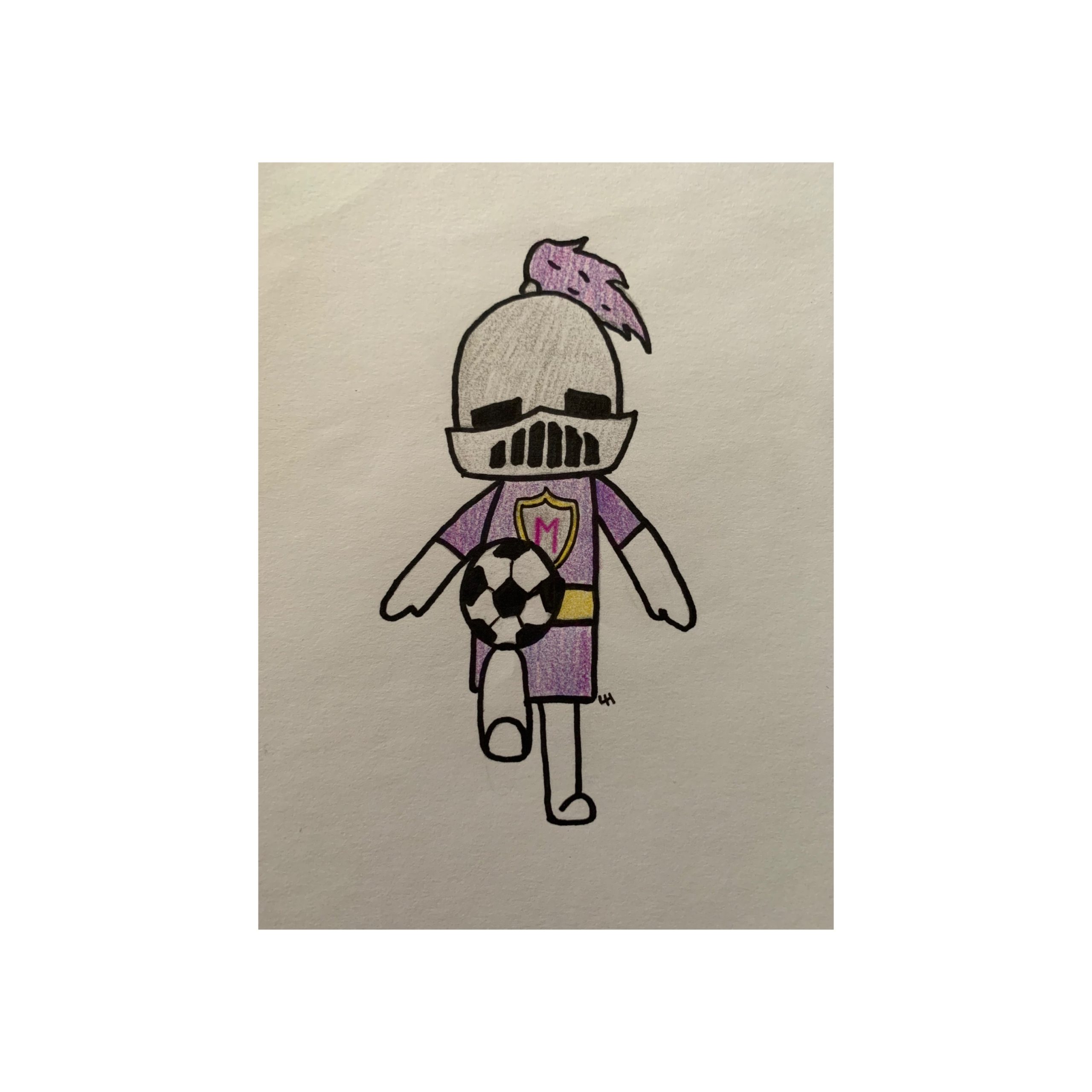
By Ben Soulard
Contributing Writer
On Wednesday, April 15, The United States Soccer Federation (USSF) announced that it would be terminating its Developmental Academy, its main tool for scouting and growing youth talent across the country for more than a decade. The USSF cited the financial consequences of the ongoing coronavirus pandemic as the reason for dissolving the academy; it could have cost upwards of $12 million to fund the program during 2021.
The termination of the academy may not entirely be a bad thing for the future of US Soccer. The idea behind the program made sense–replicate the template that the top leagues in Europe use for their youth competitions. However, the idea did not generate the results that may have been expected. Executives felt that the level of competition was not as high as it should have been and that more international games needed to be played in order to test the talent against stronger teams. The quality of competition may not have been at its peak because teams affiliated with the MLS –– America’s premier soccer league –– were being favored to be placed in the top tier of the academy’s system. Even after winning against MLS teams and proving to be formidable opponents, non-MLS clubs were placed in the lower tiers of the system. This prompted many non-MLS teams to leave the DA and join other youth leagues.
The DA had a rule that players in the academy could not play for their high school teams. Eric Wynalda, a former US national team player, said that the academy games felt “manufactured” and that they lacked the emotion that high school games had. In any sport, no matter how many scenarios you practice, no matter how many times, you can’t recreate the pressure and atmosphere of a real game. If the academy matches felt more like scrimmages and exhibitions than high-stakes games it is no surprise that the USSF was not seeing the results it wanted from the DA.
Regardless of the flaws of the academy, this can be a crucial turning point for the USSF if handled correctly. Nobody has the answers for how to optimize the youth development system of US soccer but a huge nationwide league like the DA is evidently not the solution. No matter what route the USSF decides to take in terms of its youth system, what matters is that it invests in its young players.
The Women’s National team has enjoyed great success recently, winning the last two World Cups. Even after manager Jill Ellis stepped down, the team does not look to be slowing down anytime soon and will aim to win its third consecutive title in 2023. The Women’s team has experienced a golden generation, but young stars like Rose Lavelle, Mallory Pugh, and Tierna Davidson seem ready to continue the rich legacy that their predecessors will leave behind.
The real concern is the Men’s National team who failed to qualify for the 2018 World Cup in Russia, an embarrassing blow for US soccer. However, the team is brimming with young talent, with the likes of Christian Pulisic, Weston McKinnie, Tyler Adams, Sergino Dest, and Josh Sargent showing promise. The Men’s team has started building a squad that is focused on youth, similar to what other national teams such as England have been doing. But if the United States believes that a young team can secure their spot in the 2022 World Cup, then they have to put effort into the development of young players.
With the strength of other teams around the world, nobody should expect the team to challenge for the World Cup title just yet. The foundations for a good team are there, but it still needs a few more pieces to compete against the very best. If the Federation can create a functioning developmental network, the team could foster an identity, something that it seems to never really have had. The United States does not have a signature style of play, at least not a consistent one. Creating a rich American soccer culture and a viable youth system now could mean unprecedented success in the future.
Ben Soulard ‘23 is a sociology major from Essex, Mass. who enjoys watching and playing soccer.

